oil on copper 73 cm by 56 cm
Important old card 100 cm by 81 cm
The Allegory of Air air with Urania leaning on a sphere instead of the Copernican machine as often in this subject. Around, an animal spendor whose realism and inspiration derive from the precision of the sketches made by travellers, zoologists and naturalists of the time. Beyond naturalistic perfection, the Brueghels integrate another science, ethology or the study of animal behavior. They are inspired by it to go even further by giving animals an almost human life. The whole range of human feelings is transposed into postures, looks and behaviors.
Jan Brueghel II the Younger (1601; 1678)
He is the son of Jan Brueghel the Elder, grandson of Pieter Brueghel the Elder and nephew of Pieter Brueghel the Younger. Brueghel was born and died in the 17th century in Antwerp. He was trained by his father and spent his career producing work in a similar style. Around 1615, at the age of fourteen, he joined forces with his friend Antoine van Dyck, himself only sixteen years old, and they created their own workshop. Together with his brother Ambrosius he produced landscapes, allegorical scenes and other works of painstaking detail. Brueghel also copied his father's works but also painted variants of his masterpieces with virtuosity. Jan the Younger was traveling in Italy when his father died of Cholera and soon returned to take over the Antwerp studio. After his father's death he changed his signature from 'Brueghel' to 'Breughel'. The following year, in 1626, he married Anna-Maria Janssens, daughter of Abraham Jansens. He established himself quickly and became dean of the Guild of Saint Luke in 1630. The same year, he was commissioned by the court of France to paint “Adam Cycle”. In the following years he also produced paintings for the Austrian court and worked independently in Paris, before returning to Antwerp in 1657. He collaborated with a number of leading artists, including Rubens, Joos de Momper, Hendrick van Balen (1575–1632), Adriaen van Stalbernt (1580–1682), Lucas van Uden (1596–1672), his brother-in-law David Téniers the younger (1610-1690) and his father-in-law Abraham Jansens




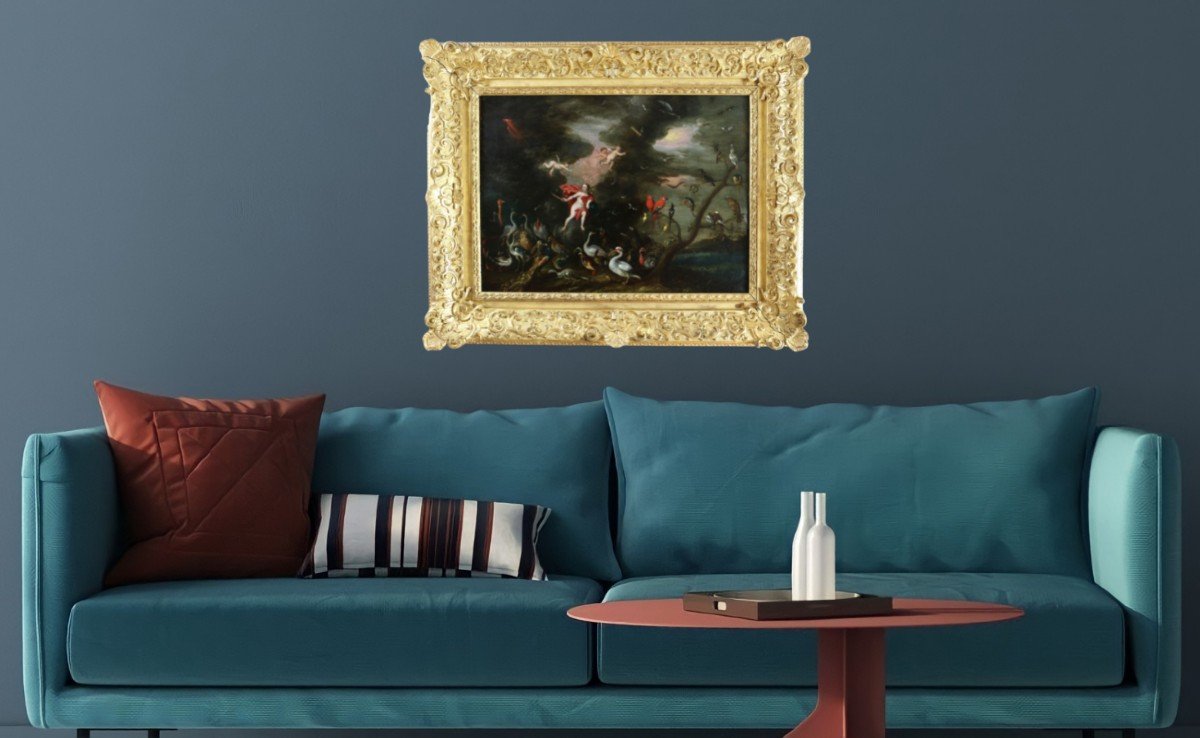

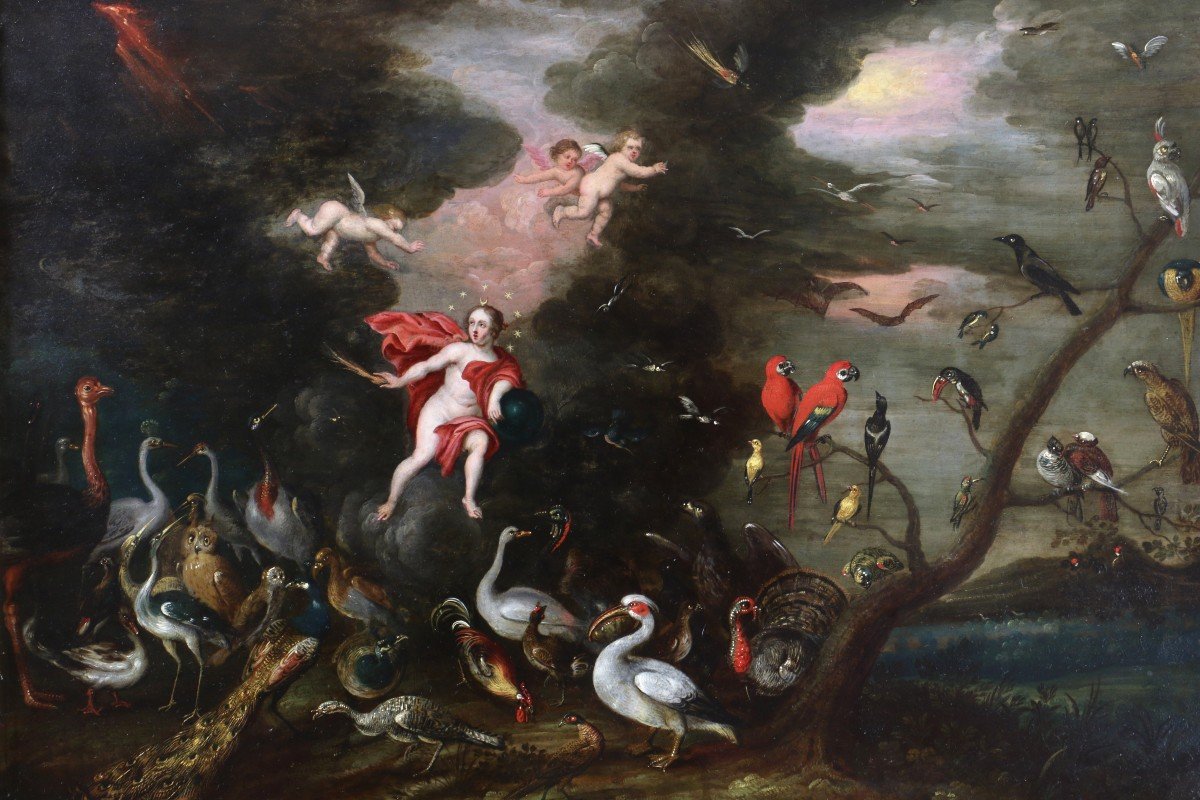

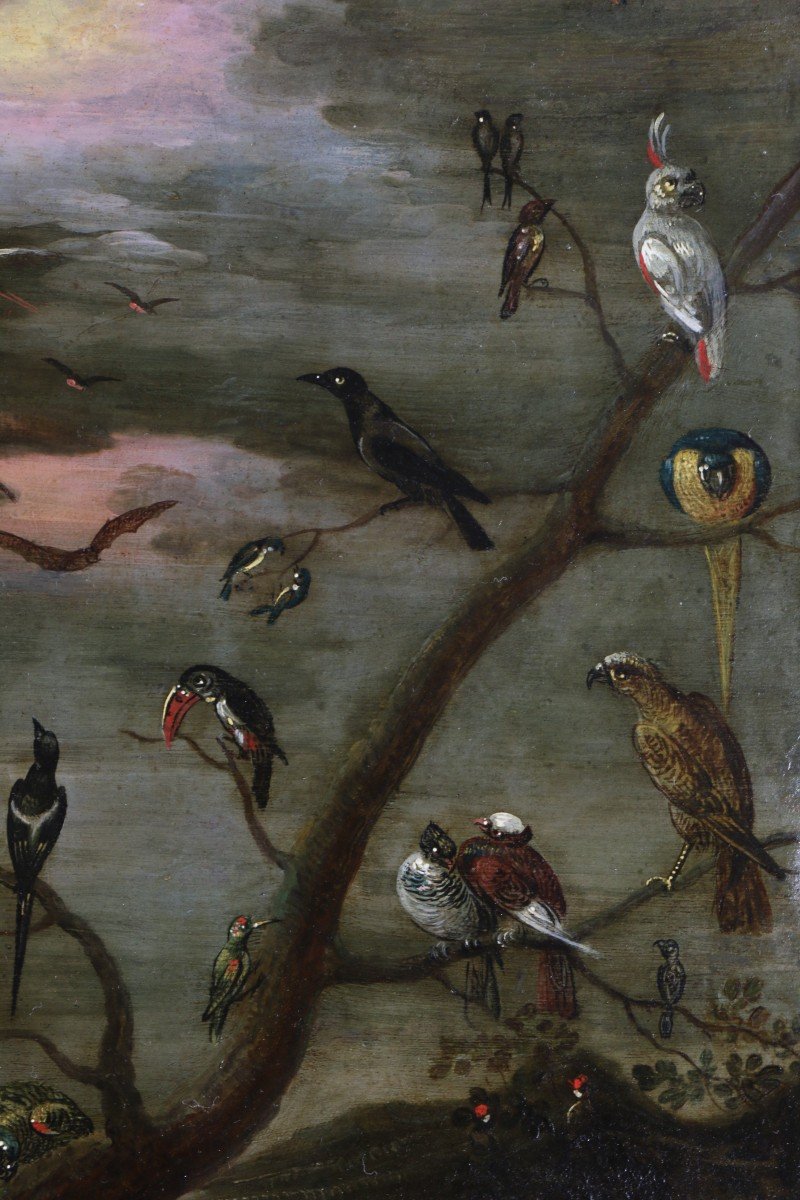





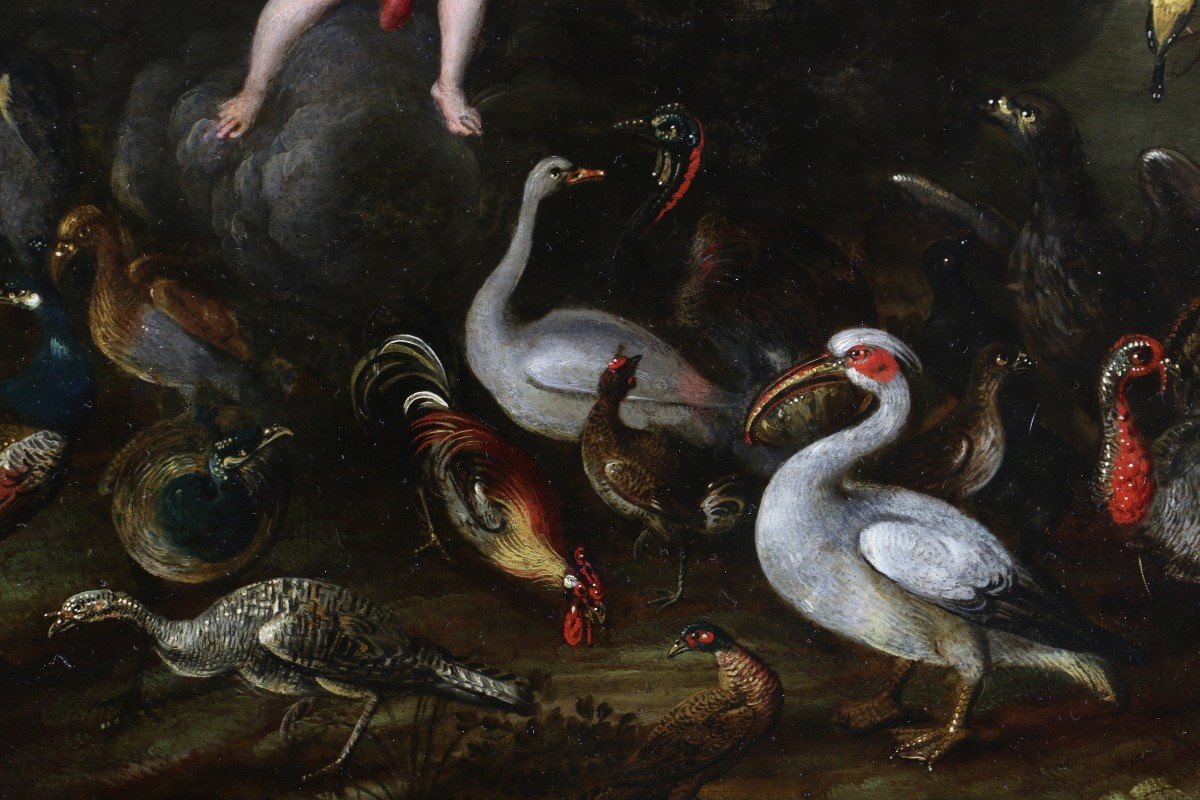


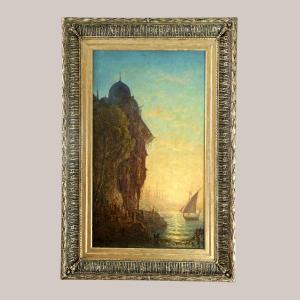
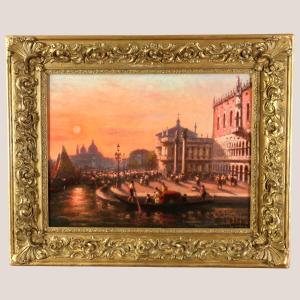
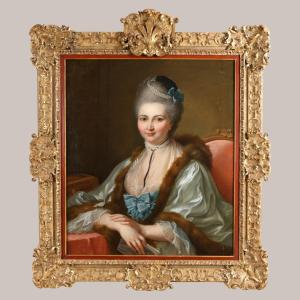
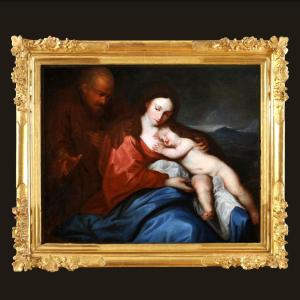
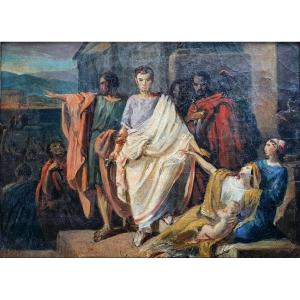








 Le Magazine de PROANTIC
Le Magazine de PROANTIC TRÉSORS Magazine
TRÉSORS Magazine Rivista Artiquariato
Rivista Artiquariato
